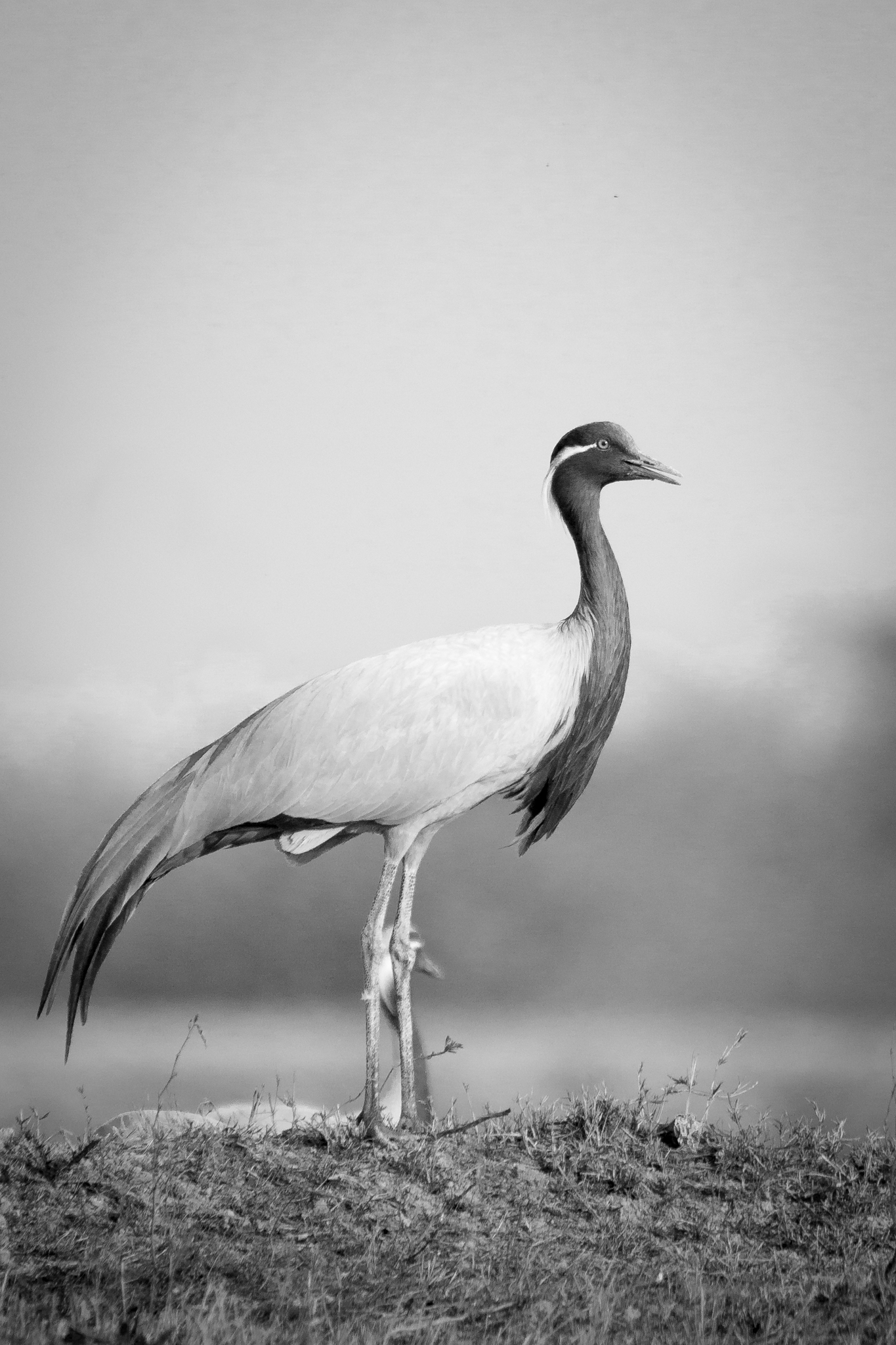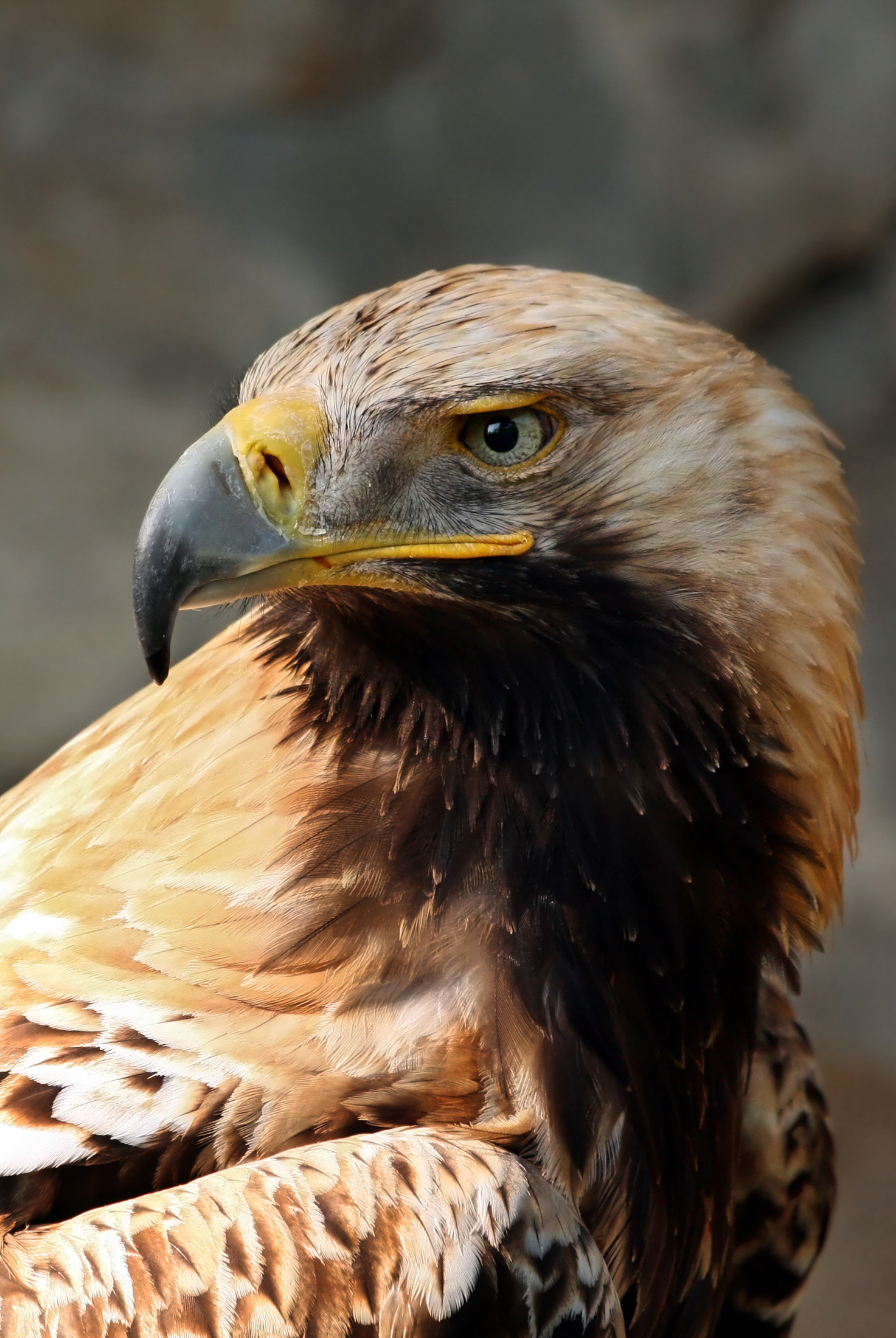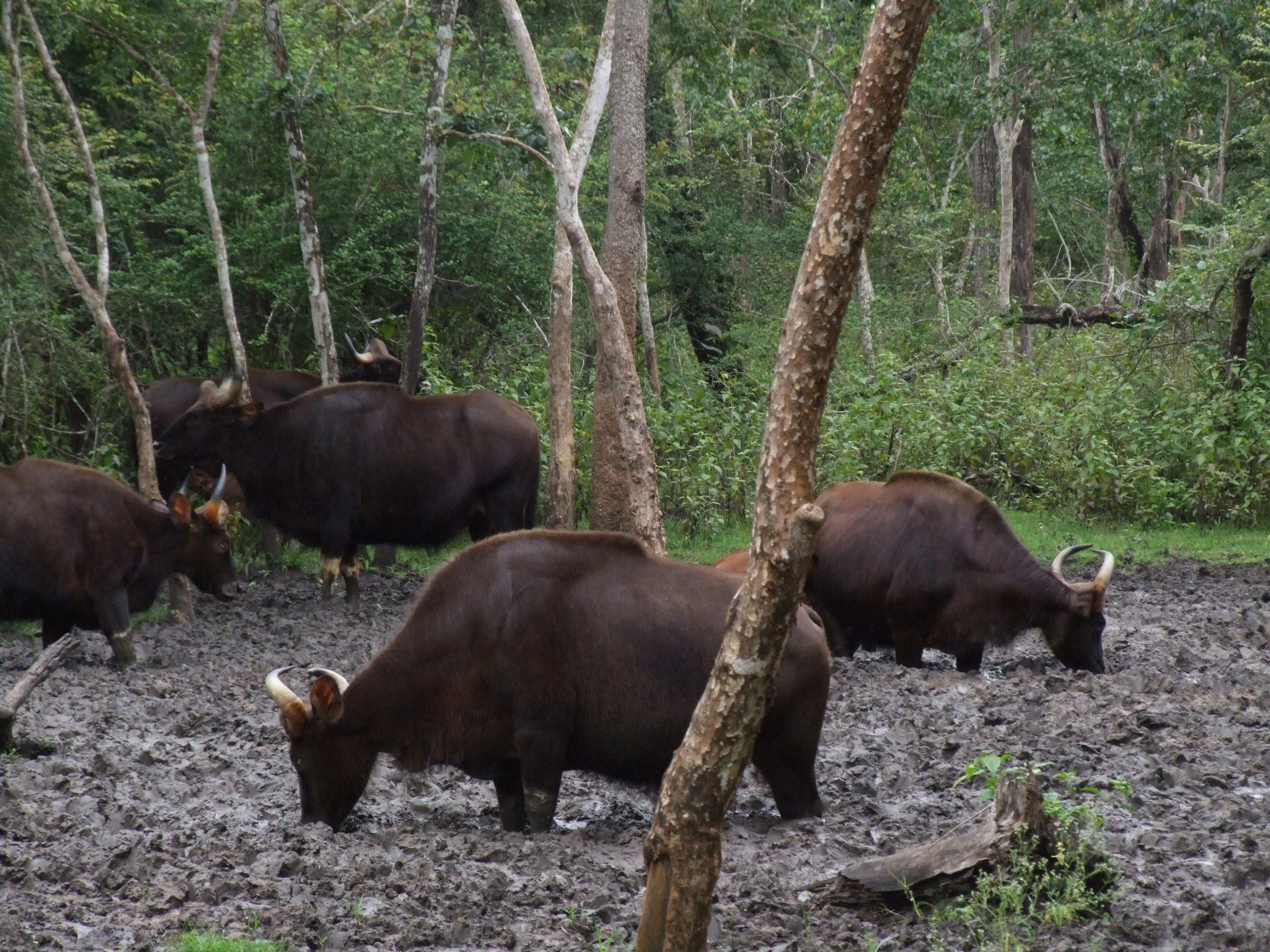|
Stepnoi Nature Sanctuary
, photo=File:Saiga visiting an artesian reservoir at the Stepnoi Nature Sanctuary.jpg, photo_width=300, map=Russia, relief=yes, location=Astrakhan Oblast, nearest_city=Astrakhan, coordinates=, websitOfficial Reserve Webpage, in Russian Stepnoi State Nature Sanctuary (Russian: государственный природный заказник "Степной") (also Stepnoy Nature Reserve) is a protected area located in Liman district of Astrakhan Oblast, Russia. The sanctuary was declared in 2000 to ensure maintenance of unique natural complex of Stipa steppe providing habitat for saiga antelope (''Saiga tatarica tatarica'') and a number of other endangered species of animals and plants. The sanctuary covers an area of 109.4 thousands of hectares. The monitoring program started in 2004 showed that the sanctuary is an important territory for the survival of the critically endangered saiga antelope. Saigas inhabit the sanctuary and the nearby regions of Kalmykia throughout the year. ... [...More Info...] [...Related Items...] OR: [Wikipedia] [Google] [Baidu] |
Astrakhan Oblast
Astrakhan Oblast (russian: Астраха́нская о́бласть, ''Astrakhanskaya oblast'', , ''Astrakhan oblysy'') is a federal subjects of Russia, federal subject of Russia (an oblast) located in southern Russia. Its administrative center is the types of inhabited localities in Russia, city of Astrakhan. As of the Russian Census (2010), 2010 Census, its population was 1,010,073. Geography Astrakhan is traversed by the northeasterly line of equal latitude and longitude. Its southern border is the Caspian Sea, eastern is Kazakhstan (Atyrau Region and West Kazakhstan Region), northern is Volgograd Oblast, and western is Kalmykia. It is within the Russian Southern Federal District. History Astrakhan region is the homeland of the Buzhans, one of several Slavic tribes from which modern Russians evolved. They lived in Southern Russia and inhabited the area around the Buzan River, Buzan river. Buzan oblast was created on December 27, 1943, on parts of the territories of ... [...More Info...] [...Related Items...] OR: [Wikipedia] [Google] [Baidu] |
Nature Reserves In Russia
Protected areas of Russia, (official Russian title: russian: Особо охраняемые природные территории, literally "Specially Protected Natural Areas"), is governed by the corresponding 1995 law of the Russian Federation. Categories The law establishes the following categories of protected areas: # State nature zapovedniks, including Biosphere reserves (''biosphere zapovedniks'') # National Parks # Nature parks # State nature zakazniks # Natural Monuments # Dendrological parks and botanical gardens # Health recuperation areas and health resorts Other areas Other areas that are protected in Russia include: * UNESCO World Heritage Sites. * city and regional parks. * Ramsar sites — ''wetlands of international significance''. * Russian Cultural heritage monuments. * Historic buildings and gardens — ''e.g.: Imperial Russian palaces and their landscape parks''. Total Land Area On May 21, 2019, the ''Moscow Times'' cited a World Wildlife Fund report in ... [...More Info...] [...Related Items...] OR: [Wikipedia] [Google] [Baidu] |
Saiga Conservation Alliance
The Saiga Conservation Alliance SCA is a network of researchers and conservationists working to study and protect the critically endangered Saiga Antelope (Saiga tatarica) and their habitat. The Saiga are often seen a major flagship species of the Central Asian and pre-Caspian steppes. In the last ten years, saiga populations have declined by 96%, which is the fastest decline ever recorded for a mammal species. Saiga Conservation Alliance is partnered with the Wildlife Conservation Network History In September 2006, the organization was formally founded. In June 2015, E.J. Milner-Gulland said, 'Anti-poaching needs to be a top priority for the Russian and Kazakh governments.' Programs CMS Project Monitoring SCA was contracted by the United Nations Environment Programme's (UNEP) Convention on the Conservation of Migratory Species (CMS)to monitor progress of saiga conservation. Part of this projects involves maintaining a database of saiga experts and conservationist as well as co ... [...More Info...] [...Related Items...] OR: [Wikipedia] [Google] [Baidu] |
Little Bustard
The little bustard (''Tetrax tetrax'') is a bird in the bustard family, the only member of the genus ''Tetrax''. The genus name is from Ancient Greek and refers to a gamebird mentioned by Aristophanes and others. Distribution It breeds in Southern Europe and in Western and Central Asia. Southernmost European birds are mainly resident, but other populations migrate further south in winter. The central European population once breeding in the grassland of Hungary became extinct several decades ago. The species is declining due to habitat loss throughout its range. It used to breed more widely, for example ranging north to Poland occasionally. It is only a very rare vagrant to Great Britain despite breeding in France. On 20 December 2013, the Cypriot newspapers 'Fileleftheros' and 'Politis', as well as news website 'SigmaLive', reported the discovery of a dead little bustard in the United Nations Buffer Zone. The bird had been shot by poachers hunting illegally in the zone. The sho ... [...More Info...] [...Related Items...] OR: [Wikipedia] [Google] [Baidu] |
Black-winged Pratincole
The black-winged pratincole (''Glareola nordmanni'') is a wader in the pratincole bird family, Glareolidae. The genus name is a diminutive of Latin ''glarea'', "gravel", referring to a typical nesting habitat for pratincoles. The species name commemorates the Finnish-born zoologist and explorer Alexander von Nordmann. Description It is long, with short legs, long pointed wings and a forked tail. It has a short bill, which is an adaptation to aerial feeding. The back and head are brown, and the wings are brown with black flight feathers. The belly is white and the underwings are black. Very good views are needed to distinguish this species from other pratincoles, such as the collared pratincole and the oriental pratincole which may occur in its range. It is marginally larger than the collared pratincole, and is shorter-tailed and longer legged. Although the dark underwing and lack of a white trailing edge to the wing are diagnostic, these features are not always readily seen i ... [...More Info...] [...Related Items...] OR: [Wikipedia] [Google] [Baidu] |
Demoiselle Crane
The demoiselle crane (''Grus virgo'') is a species of crane found in central Eurosiberia, ranging from the Black Sea to Mongolia and North Eastern China. There is also a small breeding population in Turkey. These cranes are migratory birds. Birds from western Eurasia will spend the winter in Africa while the birds from Asia, Mongolia and China will spend the winter in the Indian subcontinent. The bird is symbolically significant in the culture of India, where it is known as ''Koonj'' or ''Kurjaa''. Description The demoiselle is long, tall and has a wingspan. It weighs . It is the smallest species of crane. The demoiselle crane is slightly smaller than the common crane but has similar plumage. It has a long white neck stripe and the black on the foreneck extends down over the chest in a plume. It has a loud trumpeting call, higher-pitched than the common crane. Like other cranes it has a dancing display, more balletic than the common crane, with less leaping. The demoise ... [...More Info...] [...Related Items...] OR: [Wikipedia] [Google] [Baidu] |
Eastern Imperial Eagle
The eastern imperial eagle (''Aquila heliaca'') is a large bird of prey that breeds in southeastern Europe and extensively through West and Central Asia. Most populations are migratory and winter in northeastern Africa, the Middle East and South and East Asia. Like all eagles, the eastern imperial eagle is a member of the family Accipitridae. Furthermore, its well feathered legs mark it as a member of the subfamily Aquilinae. It is a large, dark-colored eagle, with a resemblance to other members of the genus '' Aquila'' but it is usually the darkest species in its range.Forsman, D. (1999). ''The raptors of Europe and the Middle East: a handbook of field identification''. London: T & AD Poyser. This is an opportunistic predator that mostly selects smallish mammals as prey but also a fairly large proportion of birds, reptile and other prey types, including carrion. Compared to other ''Aquila'' eagles, it has a strong preference for the interface of tall woods with plains and other op ... [...More Info...] [...Related Items...] OR: [Wikipedia] [Google] [Baidu] |
Steppe Eagle
The steppe eagle (''Aquila nipalensis'') is a large bird of prey. Like all eagles, it belongs to the family Accipitridae. The steppe eagle's well-feathered legs illustrate it to be a member of the subfamily Aquilinae, also known as the "booted eagles".Helbig, A. J., Kocum, A., Seibold, I., & Braun, M. J. (2005). ''A multi-gene phylogeny of aquiline eagles (Aves: Accipitriformes) reveals extensive paraphyly at the genus level''. Molecular phylogenetics and evolution, 35(1), 147–164. This species was once considered to be closely related to the bird migration, sedentary tawny eagle (''Aquila rapax'') and the two forms have previously been treated as Biological specificity, conspecific. They were split based on pronounced differences in morphology and anatomy; two molecular studies, each based on a very small number of genes, indicate that the species are distinct but disagree over how closely related they are. The steppe eagle is in many ways a peculiar species of eagle. It is a ... [...More Info...] [...Related Items...] OR: [Wikipedia] [Google] [Baidu] |
Mineral Lick
A mineral lick (also known as a salt lick) is a place where animals can go to lick essential mineral nutrients from a deposit of salts and other minerals. Mineral licks can be naturally occurring or artificial (such as blocks of salt that farmers place in pastures for livestock to lick). Natural licks are common, and they provide essential elements such as phosphorus and the biometals (sodium, calcium, iron, zinc, and trace elements) required in the springtime for bone, muscle and other growth in deer and other wildlife, such as moose, elephants, tapirs, cattle, woodchucks, domestic sheep, fox squirrels, mountain goats and porcupines. Such licks are especially important in ecosystems with poor general availability of nutrients. Harsh weather exposes salty mineral deposits that draw animals from miles away for a taste of needed nutrients. It is thought that certain fauna can detect calcium in salt licks. Overview Many animals regularly visit mineral licks to consume clay, suppl ... [...More Info...] [...Related Items...] OR: [Wikipedia] [Google] [Baidu] |
Astrakhan
Astrakhan ( rus, Астрахань, p=ˈastrəxənʲ) is the largest city and administrative centre of Astrakhan Oblast in Southern Russia. The city lies on two banks of the Volga, in the upper part of the Volga Delta, on eleven islands of the Caspian Depression, 60 miles (100 km) from the Caspian Sea, with a population of 475,629 residents at the 2021 Census. At an elevation of below sea level, it is the lowest city in Russia. Astrakhan was formerly the capital of the Khanate of Astrakhan (a remnant of the Golden Horde), and was located on the higher right bank of the Volga, 7 miles (11 km) from the present-day city. Situated on caravan and water routes, it developed from a village into a large trading centre, before being conquered by Timur in 1395 and captured by Ivan the Terrible in 1556. In 1558 it was moved to its present site. The oldest economic and cultural center of the Lower Volga, [...More Info...] [...Related Items...] OR: [Wikipedia] [Google] [Baidu] |
Artesian Aquifer
An artesian aquifer is a confined aquifer containing groundwater under positive pressure. An artesian aquifer has trapped water, surrounded by layers of impermeable rock or clay, which apply positive pressure to the water contained within the aquifer. If a well were to be sunk into an artesian aquifer, water in the well-pipe would rise to a height corresponding to the point where hydrostatic equilibrium is reached. A well drilled into such an aquifer is called an ''artesian well''. If water reaches the ground surface under the natural pressure of the aquifer, the well is termed a ''flowing artesian well''. Fossil water aquifers can also be artesian if they are under sufficient pressure from the surrounding rocks, similar to how many newly tapped oil wells are pressurized. From the previous statement, it can be inferred that not all aquifers are artesian (i.e., water table aquifers occur where the groundwater level at the top of the aquifer is at equilibrium with atmospher ... [...More Info...] [...Related Items...] OR: [Wikipedia] [Google] [Baidu] |








